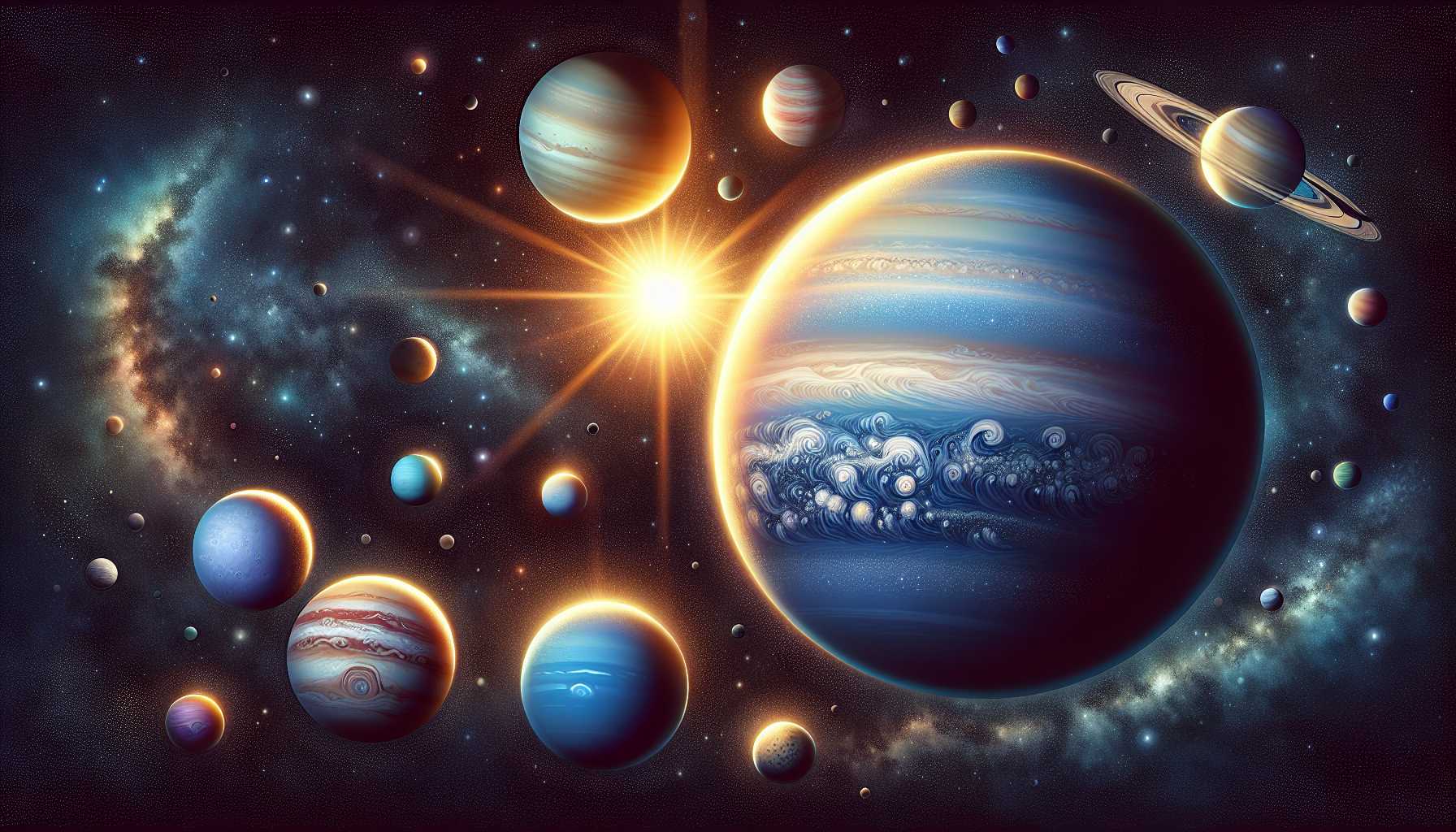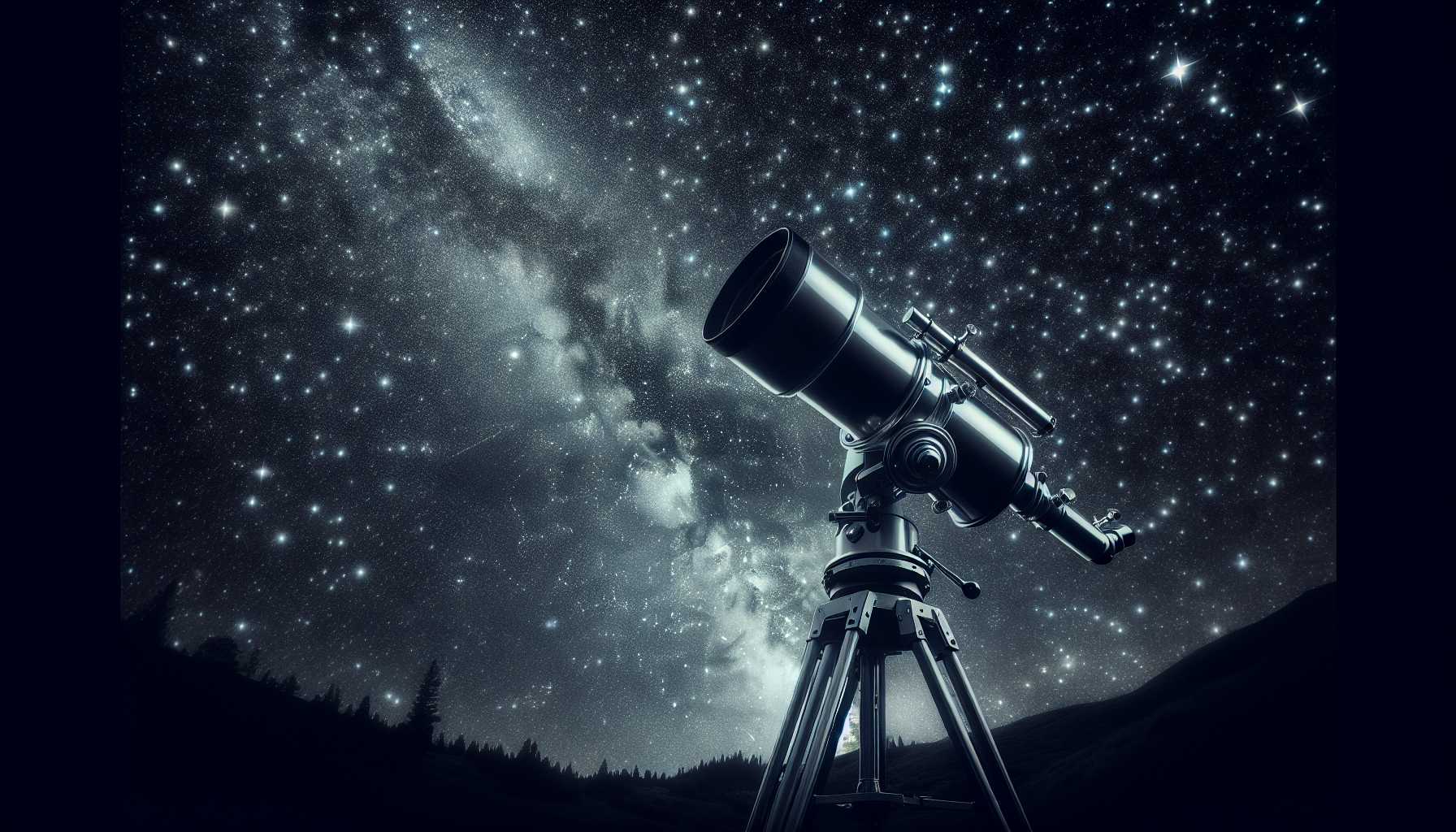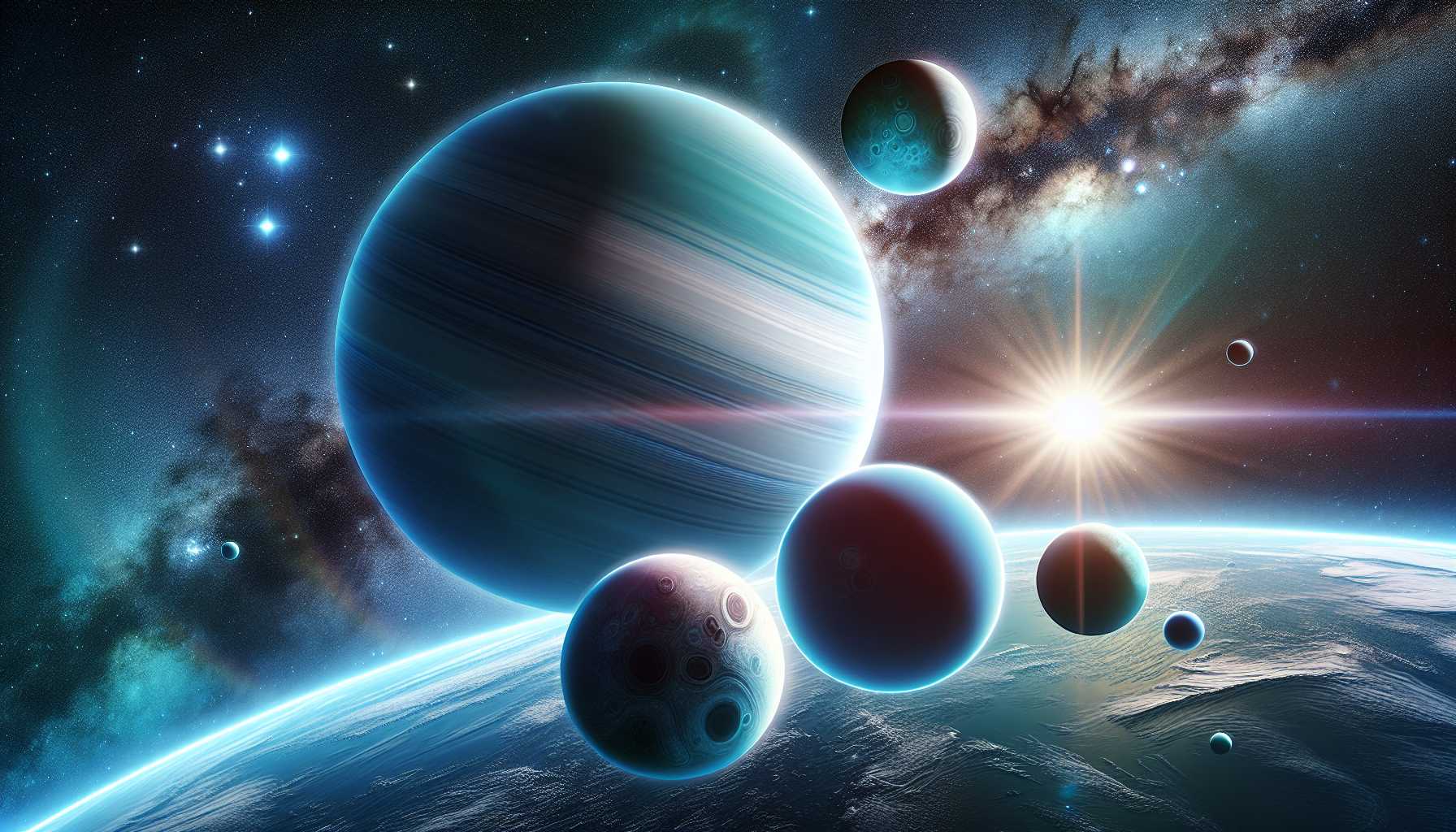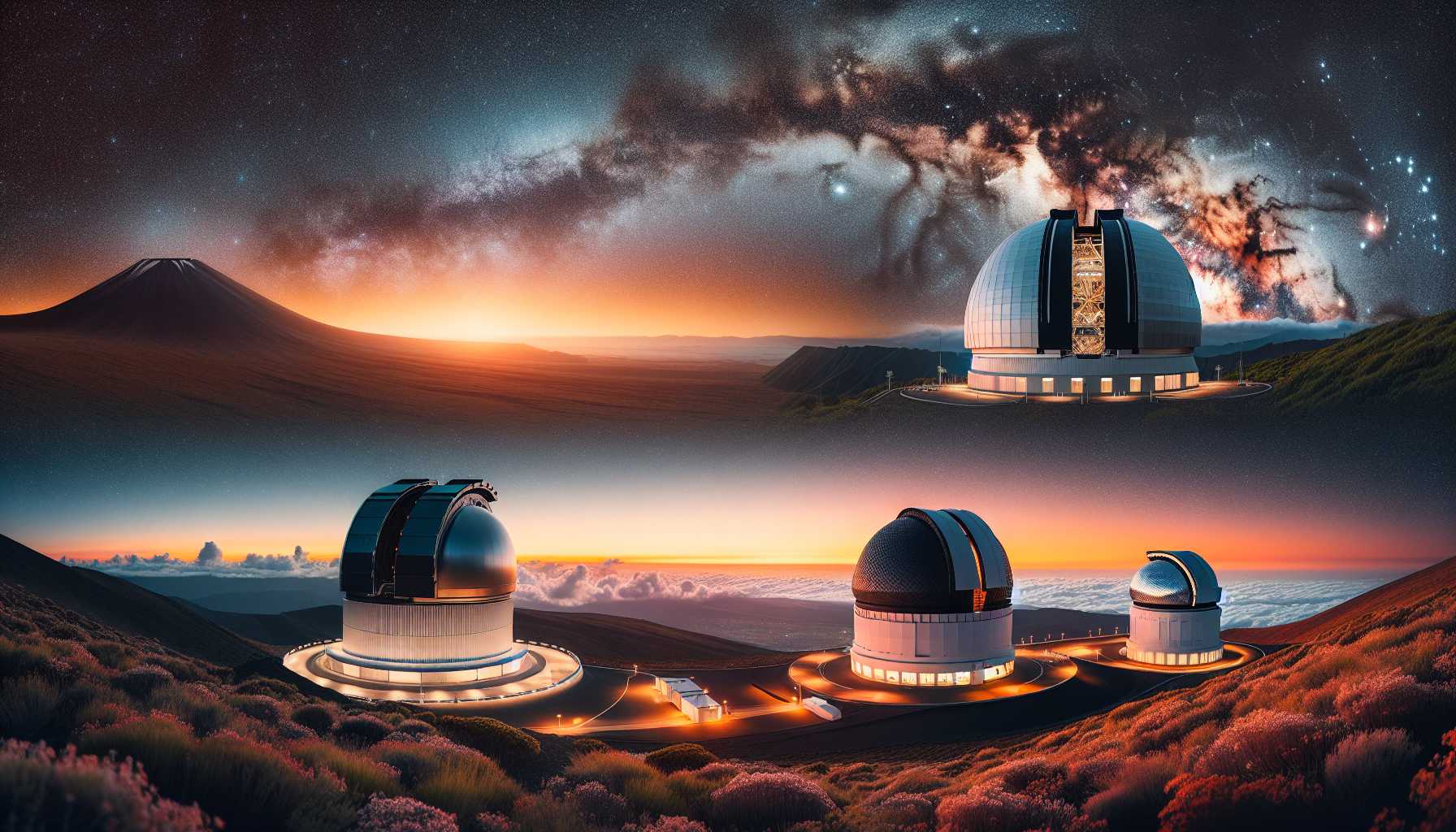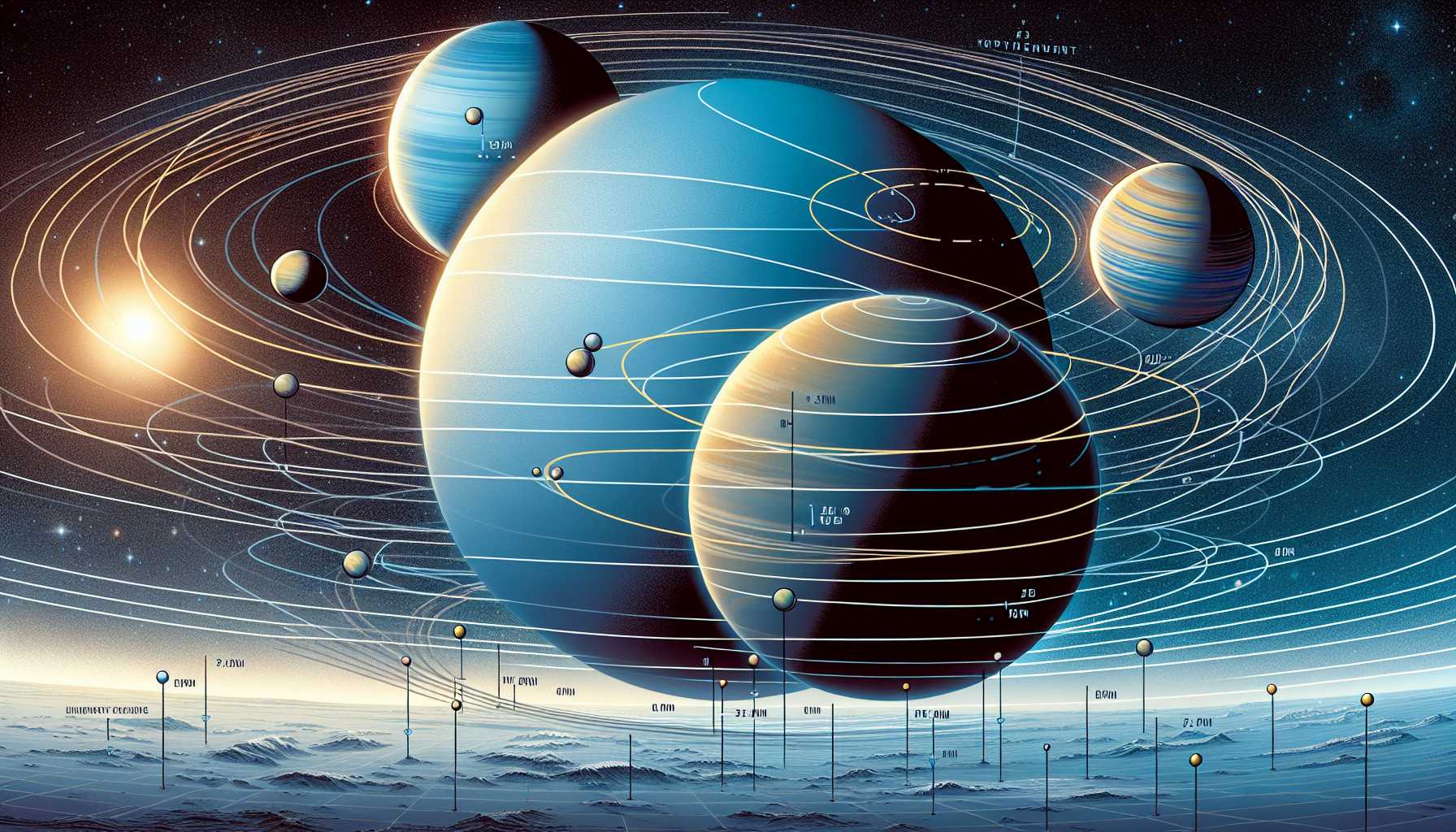Introduction
Outer space just served us an astronomical surprise, and guys, it’s not something to just space out on! We’re talking about cosmic discoveries that would get even the most satirical Shakespeare character to raise an eyebrow. Ready your telescopes and let’s zoom in on the discovery of celestial bodies that have been doing the silent waltz around our Solar System’s ice giants, Uranus and Neptune.
The Discovery: A Play in Three Acts
Act I: Spotting a Speck Around Uranus
Imagine sifting through hours of stargazing data only to find a faint spec of cosmic light revealing the existence of a new member in the Uranian family. This is not your average find, this is the first moon sighting around Uranus in more than two decades! Labeled S/2023 U1, we have a moon that’s not just another rock but the proverbial cherry on top of Uranus’ dance troupe, comprised now of 28 moons. But hold your horses, or should I say your satellites, because we’re just getting started.
Act II: Neptune’s Twin Trinkets
Neptune also decided to showcase its new companions. As if the guy wasn’t far enough, right? Well, it seems like Neptune’s gravitational dance card had slots for two new moons, with the show premiering back in September 2021. The brighter star of this dynamic duo is S/2002 N5, which takes a leisurely nine years to complete its Neptunian orbit. Yes, it’s a marathon, not a sprint for this celestial object. The second moon, S/2021 N1, is the most faint-hearted (or should I say, faint-lit?) object ever spotted via ground-based observation. It’s taking its time, with a 27-year journey around Neptune. Remind anyone else of that one friend who just can’t seem to get their steps in?
The Tech Behind the Sighting
Seeing the Unseeable: Stellar Tech at Play
Now, before we wax poetic about these tiny wanderers, let’s geek out a bit on the technology that made these sightings possible. We’re talking primo observatories in Chile and Hawaii, special image processing that makes Where’s Waldo look like child’s play, and snapping five-minute exposures over hours. These aren’t just selfies; these are epic space portraits! What’s truly intriguing for this proud tech aficionado is how these moons revealed themselves. While shimmery stars left streaks after long exposures, the moons presented as still, dot-like images against the mobile tapestry of the cosmos. A moment, where in the vast and complex universe, tiny objects got their due limelight.
The Eccentric Dance of Celestial Bodies
If you think their discovery was dramatic, their orbits are pure Shakespearean tragedy. They’re eccentric, distant, and on an incline, hinting at a past of cosmic capture-the-flag where Uranus and Neptune nabbed these moons after becoming the ice giants they are today.
The Dance Continues
And now, as we wait for S/2023 U1 to be given a more Shakespearean moniker to fit in with the likes of Ophelia and Sycorax, we marvel at the continued performance of our universe. Regardless of whether we find new moons, the dance of gravity continues unabated, a testament to the endless wonders of space.
Conclusion
Poetic musings aside, these discoveries aren’t just exciting news for astronomers but for all humankind. They’re a testament to our striving for understanding and our unyielding quest to explore beyond the horizon. So whether you’re a starry-eyed dreamer or a hard-nosed cynic, there’s no denying that the universe has once again reminded us of its vastness, mystery, and the enduring power of scientific perseverance. Now, fellow earthlings, let’s get back to our telescopes, or our news feeds, eagerly anticipating the next chapter in this cosmic drama.

